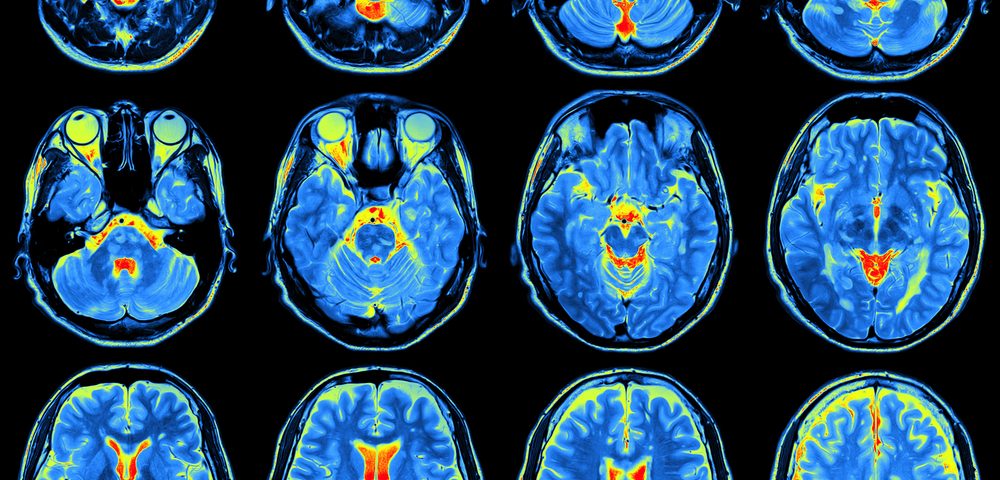Even though fibromyalgia and urological chronic pelvic pain syndrome (UCPPS) are different disorders, new research suggests that patients suffering from these conditions may actually share alterations to the brain, perhaps explaining why certain UCPPS patients exhibit fibromyalgia characteristics, such as widespread pain.
The study “Brain signature and functional impact of centralized pain: a multidisciplinary approach to the study of chronic pelvic pain (MAPP) network study” was published in the journal Pain.
Chronic pain is diagnosed and assessed via severity score scales, determining the intensity of the pain. However, current clinical practice disregards the pain’s spatial distribution in the body.
Now, a team of researchers at the University of Michigan asked how widespread pain is and what may underlie its wide distribution. They examined data from the brains of 1,709 participants in the Multidisciplinary Approach to the Study of Chronic Pelvic Pain Research Network.
“Participants with a clinical diagnosis of UCPPS were compared to pain-free controls and patients with fibromyalgia, the prototypical centralized pain disorder,” researchers wrote. They also analyzed questionnaires where patients reported their levels of pain severity and function. Moreover, patients were asked to pinpoint, on a body map, the locations where they felt pain.
A subset of the study participants, which included 10 UCPPS, 23 fibromyalgia and 49 healthy controls subjects, underwent functional and structural magnetic resonance imaging (MRI) exams.
Patients with UCPPS reported experiencing localized pain in the pelvic area, but also throughout the body, i.e., a widespread pain. When researchers analyzed the brains of these patients they detected alterations, including increased gray matter volume and alterations to the brains’ connectivity circuits.
“What was surprising was these individuals with widespread pain, although they had the diagnosis of urological chronic pelvic pain, were actually identical to another chronic pain disorder: fibromyalgia,” Richard Harris, PhD, the study’s senior author and associate professor of anesthesiology and rheumatology at Michigan Medicine, said in a University’s press release written by Kylie Urban.
Most notably, the alterations to the brain’s gray matter volume and pattern of connectivity were similar to the ones seen in fibromyalgia patients, but were absent in the pain-free control group.
“This study represents the fact that pelvic pain patients, a subset of them, have characteristics of fibromyalgia. Not only do they have widespread pain, but also they have brain markers indistinguishable from fibromyalgia patients,” Harris said.
Widespread pain also was associated with impairments to physical and mental functions, independently of pain severity.
Overall, the results suggest that widespread pain is linked to brain alterations and highlights possible new ways for treating chronic pain. Moreover, it also suggests that despite diagnoses as different disorders in patients experiencing widespread pain, the symptoms may have a common source.
“We think that this type of study will help treat these patients because if they have a central nerve biological component to their disorder, they’re much more likely to benefit from targets that affect the central nervous system rather than from treatments that are aimed at the pelvic region,” Harris concluded.

